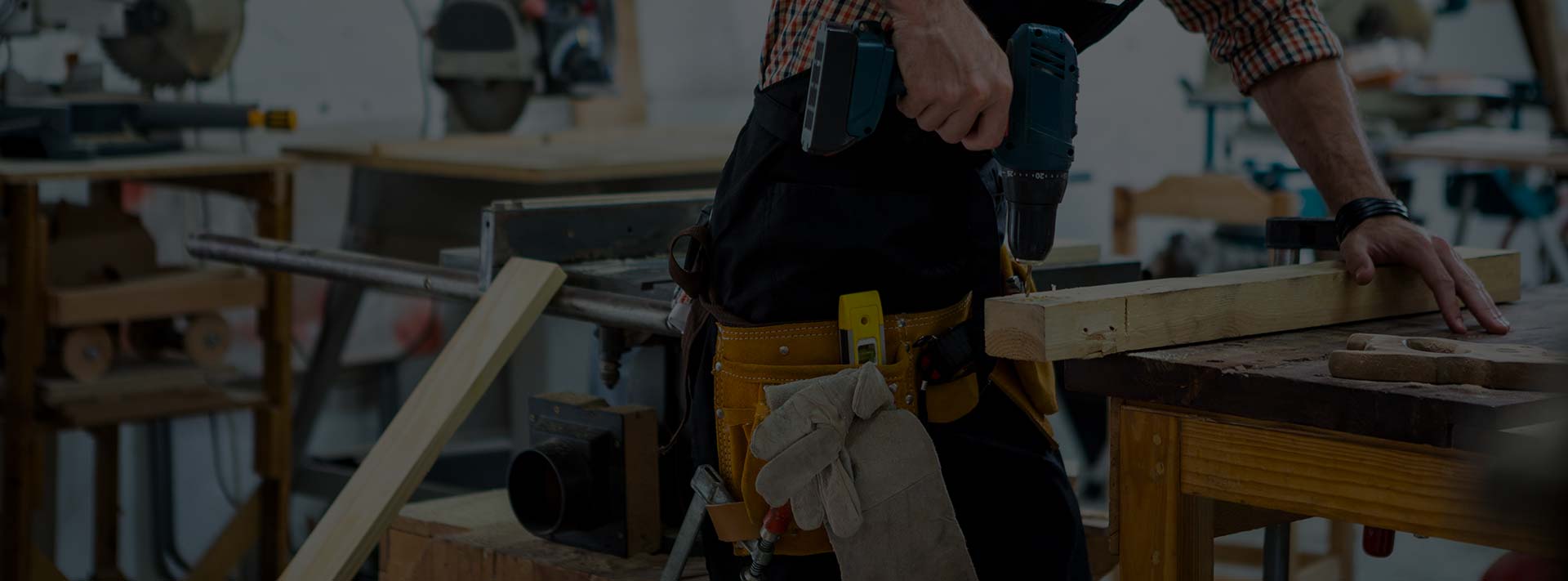
06 May What Exactly Are Fallen Arches?
Almost everyone’s feet have arches, but some people are born with flat feet. Others may develop a flat feet condition after foot injuries such as tendon, muscle, or ligament tear or even due to arthritis. Flat feet are not necessarily a painful condition, where the inner arches of the feet collapse resulting in the entire sole of your feet touching the ground while standing. This often results in a feeling as if your feet are rolling to the side.
The Symptoms
There are various symptoms of flat feet. Pain may be felt in different areas of feet and legs like, heels, the arch, shin, calves, knee, and hips or lower back. It becomes difficult to stand on the tip toe as well.
The first sign of fallen arches is a pain in the area where the arch is situated or in the heel area due to swelling. This condition makes it painful to stand still in a place. The person is unable to maintain proper balance while standing, and this can cause pain in the back, legs, and knees.
Treatment For Fallen Arches
Flat feet treatment is simple. Your podiatrist will assess your medical history and possible biochemical injuries. A computerised gait scan will be done to analyse the reaction of the feet to the fallen arch condition.
The Treatment Involves:
- Controlling the way the feet hit the ground while standing and walking.
- Providing support to the middle section of the feet to prevent the arches from collapsing
- Initiate and promote regular movement in the front part of the feet.
The various movements of the patient’s feet are observed and assessed to decide which treatment is needed.
Role Of A Physiotherapist
Once the scope of the treatment is decided, a physiotherapist is brought in to help develop a programme for the back of the legs and the pelvis area. The stretching and strengthening exercises allows for normal functioning of these body parts once the orthoses have been prescribed.
People born with flat feet have to live with them throughout their lives. Orthoses become a part of your body just like eyeglasses when you develop a vision problem. They are necessary because they help to prevent the deterioration of your feet arches and correct the mechanics in your feet. Podiatrists’ say that the symptoms are relieved in 95% of cases and the extent of relief is 85%. Getting a podiatrist to help can bring the remaining 5% of the cases to the level of 85% relief.
Consult A Professional Podiatrist For Proper Help
Every person’s flat feet condition is different. These conditions fall in different categories such as mobile, rigid, post-traumatic, and post-surgical. The symptoms of each condition vary and so does the plan of action to reduce them. It is necessary to assess the foot structure to decide which category it belongs to, before preparing a plan for treatment. The types of flat feet conditions include:
- Flexible Or Mobile Flat Feet – This is a more common condition in flat feet patients. It is characterised by too much flexibility in the feet and resultant instability in soles. The condition reduces shock absorbing functionality and overall instability while standing. As a result, the pressure is felt in the leg joints and there is stress on muscles that control the movements of these joints.
- Rigid Flat Foot (CPVP) – This condition is usually present from birth and not many people suffer from it. The podiatrist will assess the condition, discuss the treatment options with their patient and then prepare a plan for the treatment. The patient is referred to an orthopaedic surgeon to consider a reconstructive surgery
We offer tailored treatment options for flat feet and other foot-related problems. For information on our podiatry services, at Sydney Sports Podiatry, feel free to contact us at either one of our locations.
Thanks for reading,
Sydney Sports Podiatry
1300 474 306



